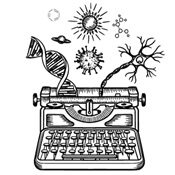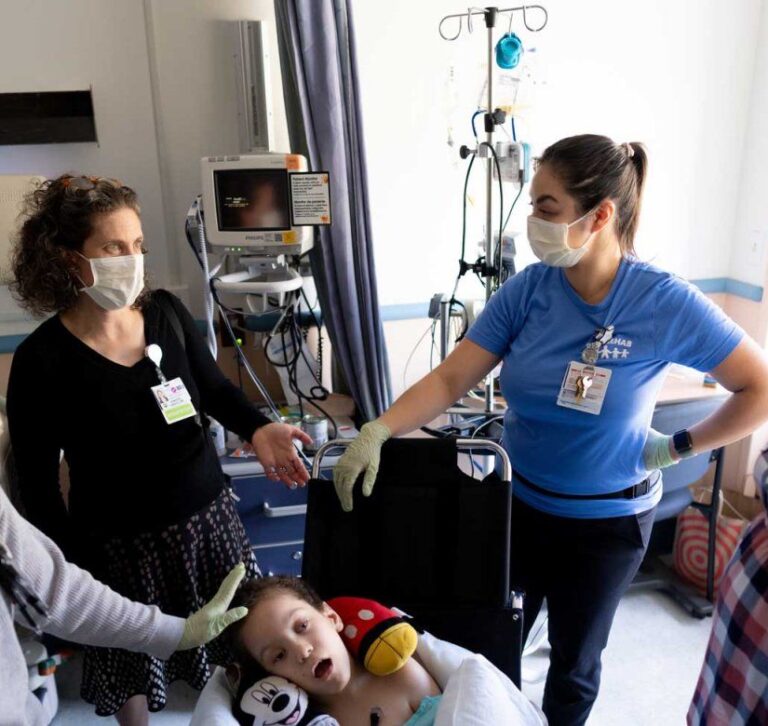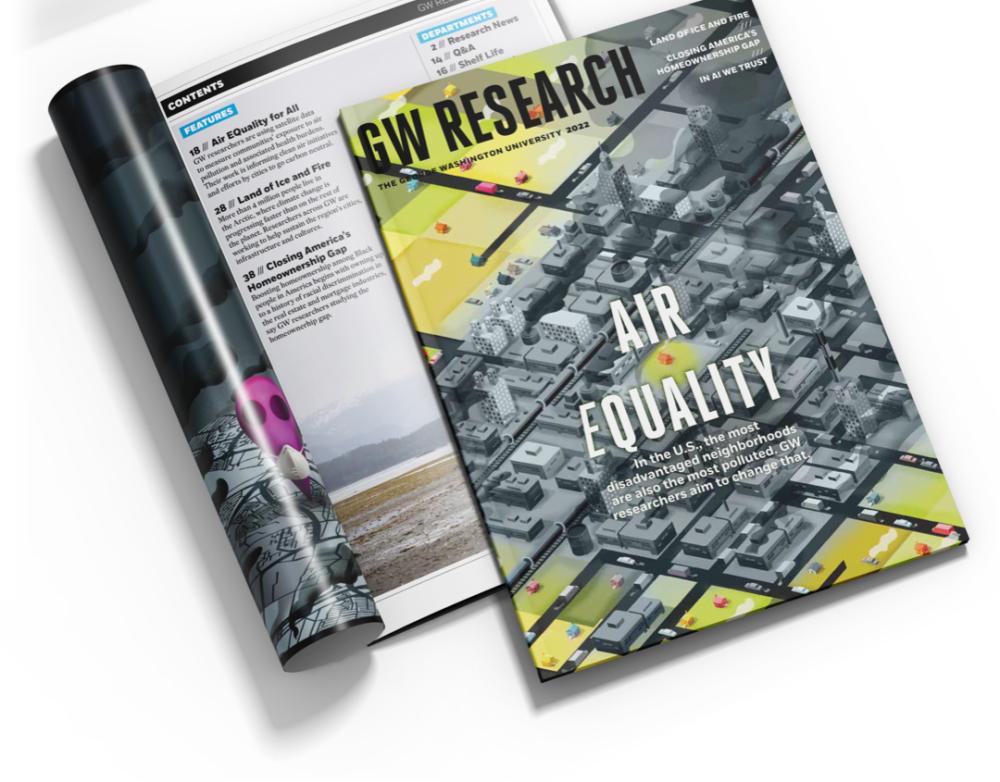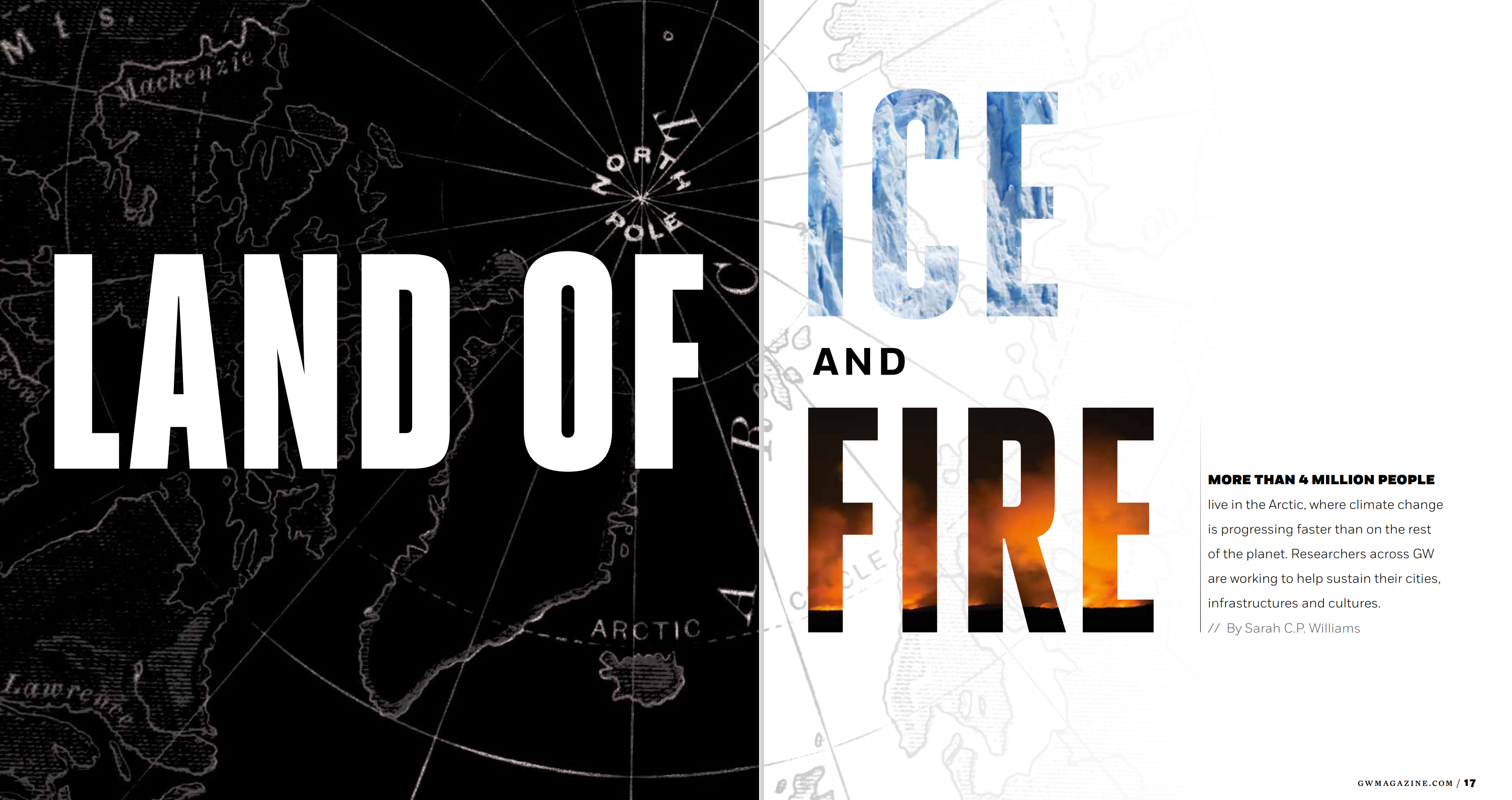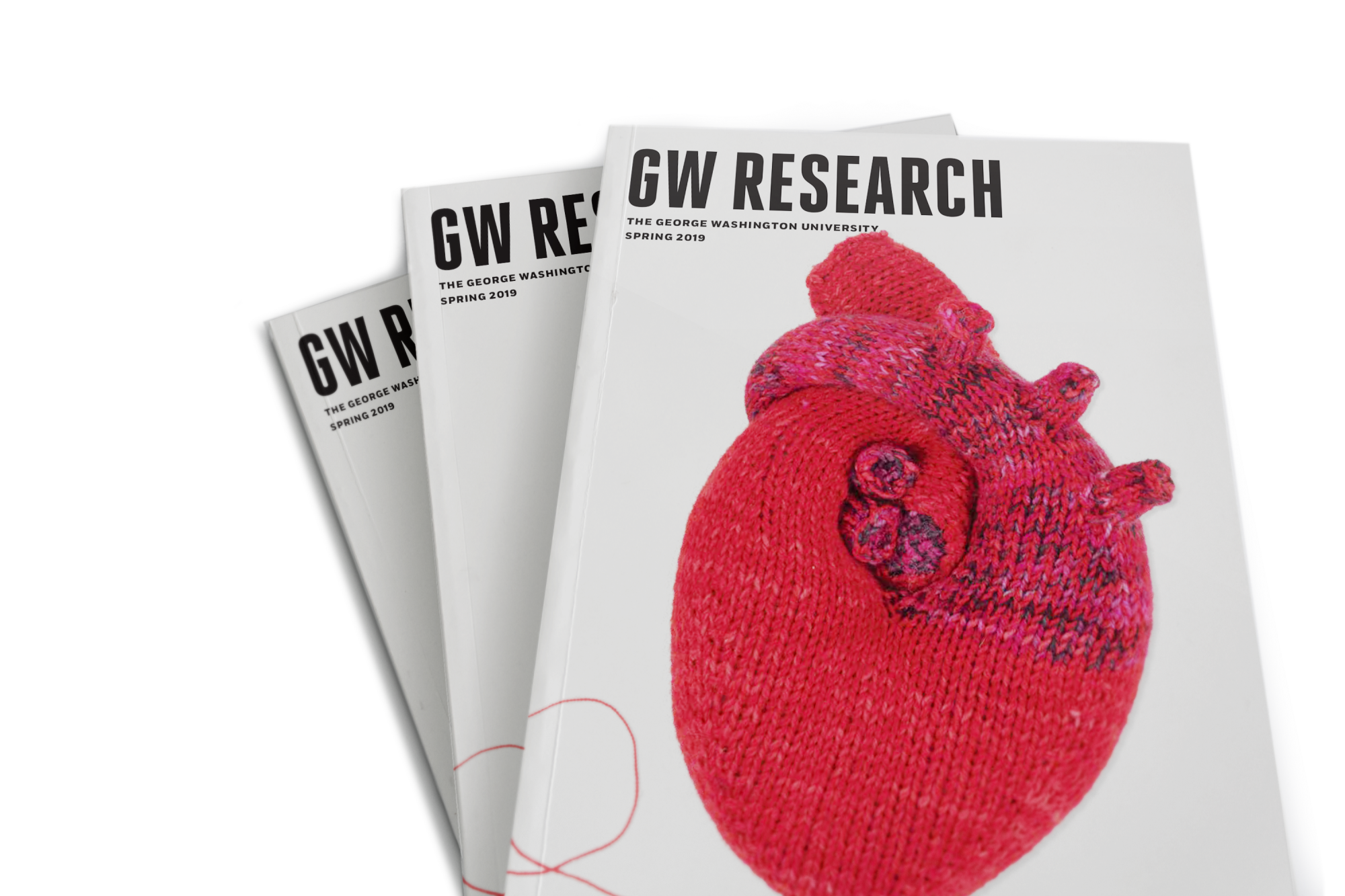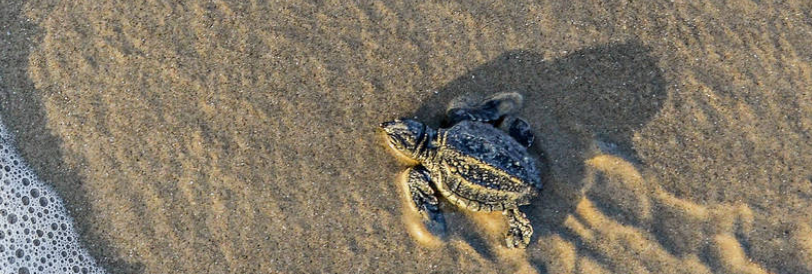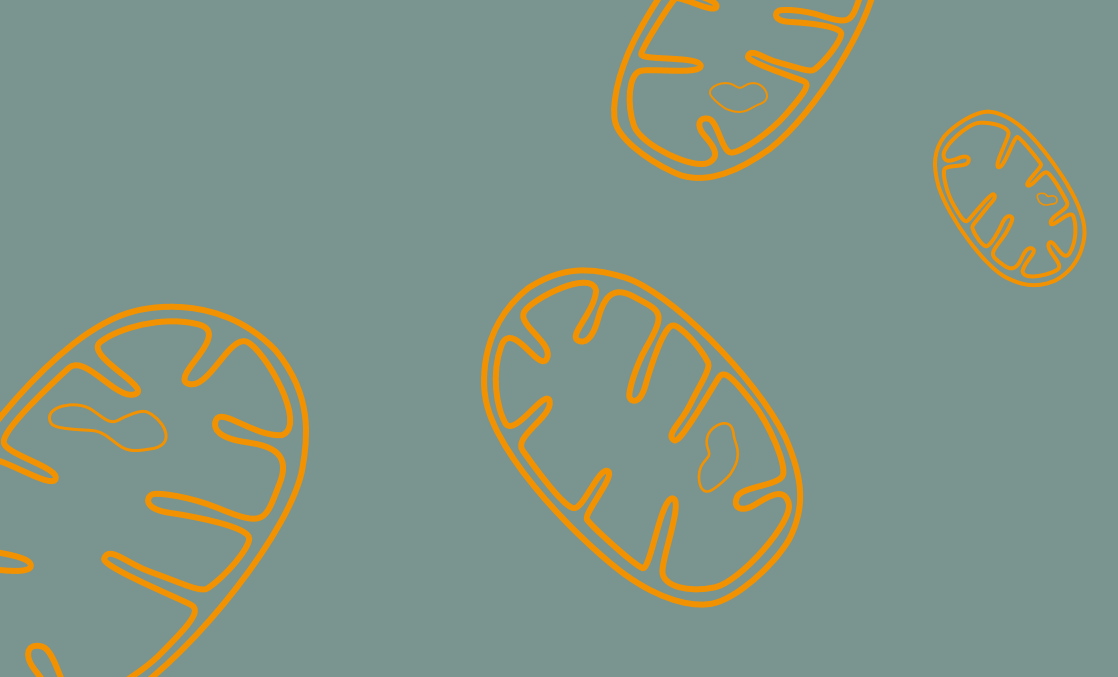How Interpreters at One Oakland Hospital Save Lives, Cross Cultural Divides
Born from the Bay Area’s multiculturalism, UCSF Benioff Oakland interpreters answer hundreds of calls a day to interpret more than 200 languages for patients, families and health care providers. Read at UCSF.edu
